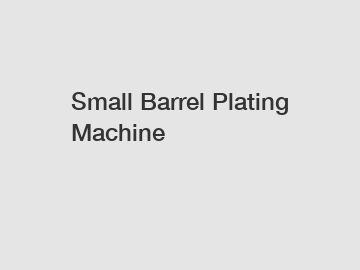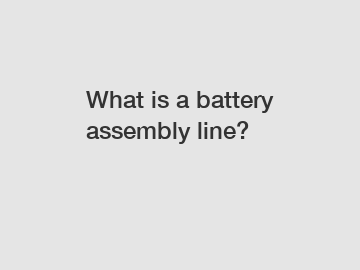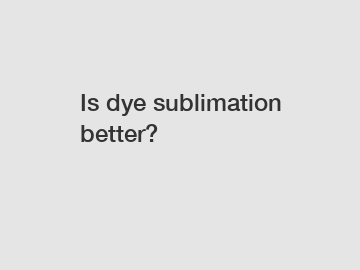Stainless steel tubing stands out as one of the most versatile metal alloy materials utilized in manufacturing and fabrication processes. There are two prevalent types of tubing: seamless and welded. The decision between welded and seamless tubing is primarily contingent on the application requirements of the product. When making this choice, it is essential to ensure that the tubing not only aligns with the project specifications but also meets the conditions for which it will ultimately be utilized.
Tubing vs. Piping
While the terms "tube" and "pipe" are commonly used interchangeably due to their hollow shapes, it is crucial to recognize key distinctions when considering the requirements for welded vs. seamless tubing. Tubes are characterized by measurements of the outside diameter (OD) and wall thickness. Conversely, pipes are measured by their inside diameter (ID). Functionally, tubing is typically employed in structural and aesthetic applications, whereas piping is utilized for the transportation of fluids, liquids, and gases.
Seamless Tubing Manufacturing
Understanding this distinction aids in determining the most suitable tubing for a given application, whether welded or seamless. The manufacturing process for welded and seamless tubing is evident from their names. Seamless tubes, as the name suggests, lack a welded seam. These tubes are produced through an extrusion process where stainless steel billets are heated and extruded into a hollow form. The billets undergo shaping in oblong circular molds in a piercing mill while hot. Drawing them through a mandrel rod elongates the molds, increasing their length by twenty times to form a seamless tube shape. The tubing is further refined through pilgering, a cold rolling process, or cold drawing.
Welded Tubing Manufacturing
A welded stainless steel tube is produced through roll-forming strips or sheets of stainless steel into a tube shape and then welding the seam longitudinally. Welded tubing can be accomplished either by hot forming and cold forming processes. Of the two, cold forming results in smoother finishes and tighter tolerances. Nevertheless, both methods yield robust and resilient steel tubes that exhibit resistance to corrosion. In the case of welded tubes, the seam can either be left beaded or undergo additional refinement through cold rolling and forging techniques. Similar to seamless tubing, welded tubes can also undergo a drawing process to achieve a finer weld seam, resulting in improved surface finishes and tighter tolerances.

Choosing Between Welded & Seamless
There are benefits and drawbacks in choosing welded vs. seamless tubing.
Seamless Tubing
Seamless tubes are characterized by their homogeneity, endowing them with superior strength, excellent corrosion resistance, and the capacity to endure higher pressure compared to welded tubes. These attributes make seamless tubing more suitable for critical applications in challenging environments, although this advantage comes with a higher cost.
Benefits:
- Greater strength
- Superior corrosion resistance
- Higher pressure resistance
Applications:
- Oil and gas control lines
- Chemical injection lines
- Below-sea safety valves
- Steam and heat trace bundles in chemical processing plants
Featured content:Guide to Buying a crawler scissor liftThe Benefits of Using Rough terrain scissor lift5 Advantages of Using Barrel Plating Equipment: Enhancing Your Metal Finishing ProcessesBackground History of CrusherHow can I find the best Heavy Metal Shredder Solution for my business?4 Advice to Choose a 3150kw Scrap Shredder10 Things to Consider When Buying types of scrap shredder- Fluid and gas transfer
Welded Tubing
Welded tubing is generally more cost-effective than seamless tubing, attributed to the simpler manufacturing process involved in its production. Additionally, it is readily available in long continuous lengths, akin to seamless tubing. Standard sizes can be manufactured with similar lead times for both welded and seamless tubing. While the cost of seamless tubing can be offset in smaller manufacturing runs if less quantity is needed, custom-sized seamless tubing, although quicker to produce and deliver, is more expensive.
Benefits:
- Cost-efficient
- Readily available in long lengths
- Fast lead times
Applications:
- Architectural applications
- Hypodermic needles
- Automotive industry
- Food and beverage industry
- Marine industry
- Pharmaceutical industry
Costs of Welded vs. Seamless Tubing
The costs associated with seamless and welded tubing are influenced by factors such as strength and durability. The simpler manufacturing process of welded tubing allows for the production of larger diameter tubing with thinner wall sizes, resulting in lower costs. Achieving such properties is more challenging with seamless tubing. Conversely, seamless tubing makes it easier to produce heavy walls, making it a preferred choice for applications that require or can withstand high pressure or perform in extreme environments.
Several factors contribute to making stainless steel tubing a superior choice for structural applications across various industries, including automotive, aerospace, medical, and marine. If you are uncertain about the most suitable tubing for your application, it's important to note that while seamless tubing can serve as a substitute for welded tubing, the reverse is not true—welded tubing cannot replace seamless tubing.

Featured content:Ozone Generator Market Size, StrategiesEverything You Need To Know To Find The Best Smt Automatic Turning ConveyorChoose the Right Excavator BucketThe Ultimate Guide to Insulating a Metal BuildingRobotic Palletizing System - PE Series, 60" Pallet HeightIntensive Wheat Sterilizer EquipmentHow Much It Cost To Build A Flour Mill Plant












Comments
Please Join Us to post.
0